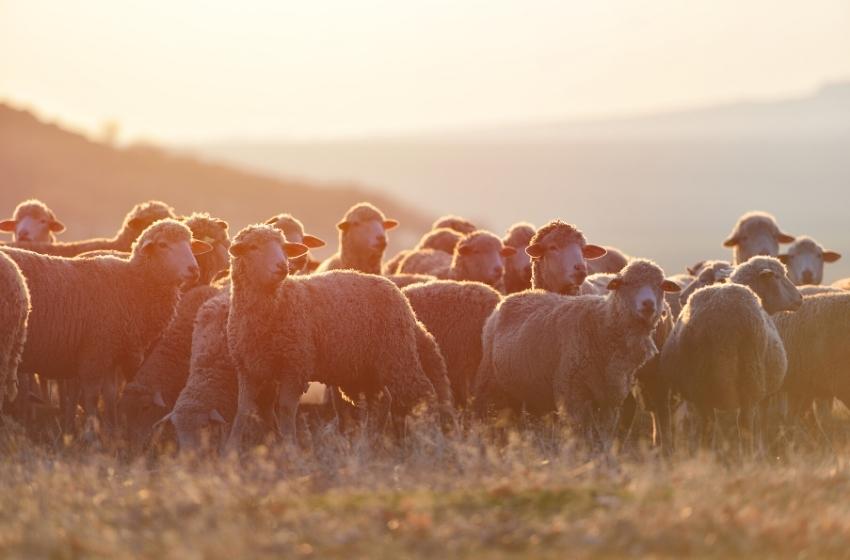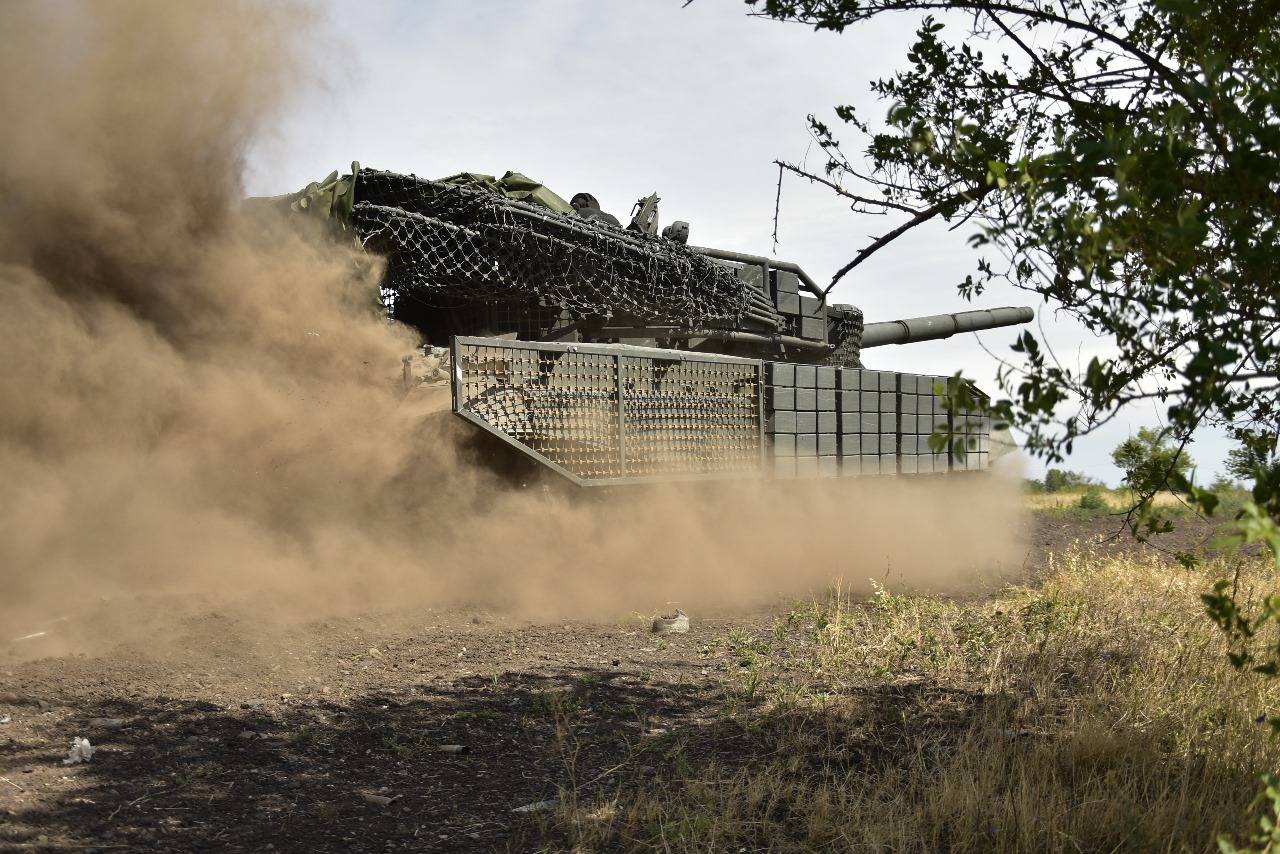The traditional products, local breeds, and know-how collected by the Ark of Taste belong to the communities that have preserved them over time. They have been shared and described here thanks to the efforts of the network that that Slow Food has developed around the world, with the objective of preserving them and raising awareness.
Brown Carpathian Cattle

The Brown Carpathian cattle bears genes of two ancient indigenous cattle, "mokan" and "ryzhka", which settled the mountainous region of Ukraine centuries ago. It was then cross-bred with Swiss cattle, Montafon and Hornoin ones, to make it more productive, but performance became better only in sites with high quality feeding. The prolonged crossbreeding led in 1972 to the registration of this population as Brown Carpathian breed.
The Brown Carpathian is a meat and dairy breed characterised by exceptional adaptation to mountain conditions. As it is one of few breeds resistant to the caisson disease, usual on high altitudes. It is of brown color with a reddish tint and a white stripe along the ridge. Alpine pastures and specific climate contribute to particular milk bouquet, while also facilitate marble meat development.
Two inbreeds were distinguished – mountain and valley (lowland) type, which differ in size and productivity. The mountain inbreed has a strong and dense constitution, a light dense skeleton, and a strong ungulate horn. Cattle are well adapted to the conditions of the foothills and mountains. The trunk of the shortened chest is wide and deep. They are lower than cows of the valley type – 120-130 cm. The live weight of an adult is 400-450 kg. Milk productivity ranges from 2200 to 3500 kg with 3.5 to 4% fat. The valley (lowland) inbreed has a lightweight but stronger skeleton with less wide but more elongated body. The suit is usually lighter. Cattle of this type are well adapted to the lowland zone of the Transcarpathia. The average weight of an adult is 450-550 kg. Milk productivity is bigger, 3000-4000 kg. Both in-breed types have good meat productivity, 55-58% slaughter yield.
Currently breed is threaten due to continuous crossings with commercial breeds to increase milk production. New animals have lower quality of milk and weaker limbs, making them unable to climb in the mountains. Since 2013 there is no official herds of the breed registered in Ukraine. Currently, in the remote villages of Carpathian region remain only 300-500 animals having at least phenotypical signs of pure Carpathian Brown cattle.
Budz

Budz, or smoked Hutsul cheese, is a Ukranian cheese made from fresh cow or sheep’s milk. It is made by heating the fresh milk in a pot (preferably copper) hung on a “trochanter†over a fire. The milk is heated to 32-33°C, and then “gleg†(the stomach of a calf or lamb, plus whey and salt) is added. The mixture rests in a warm area for a few weeks. A proportion of this mixture is added to fresh milk. The mixture curdles, separating curds and whey, and the solid parts are collected and put into a cheesecloth to hang. While hanging over a series of days, the cheese is smoked.
ÑÑ‹Ñ€Budz is made throughout the Carpathian region of western Ukraine, however it is made mainly for personal or family consumption. Today, producers and those who keep cattle have little support from the state, and fewer residents keep their own animals. Sales of cheese to tourists and other economical incentives may be the only way to retain this food tradition for the future.
Hutsul Bryndza

Bryndza is a sheep cheese typical of the Hutsul culinary tradition. It is produced during the summer (June-September) in the Carpathian valleys and obtained from the milk of local Carpathian sheep. Transhumance (seasonal migration with animals between mountain and lowland pastures) is an important traditional activity of the Hutsul people, an indigenous Carpathian population.
The production technique for bryndza is recorded in ethnographic studies of the Hutsul region dating back to the end of the 19th century. Fresh milk is fermented at a temperature of 35 °C and then the resulting curd is hung for a maximum of 10 days, to allow the whey to drain off. After that, the cheese is minced and salted, placed in wooden barrels for further maturation, and stored in a cool place. After 2 months of aging in barrels, the bryndza has acquired a strong cheese flavor.
The Hutsul Bryndza Festival, dedicated to this typical product, has been held in the city of Rakhiv for about 20 years and marks the end of the summer season and the return of the shepherds to the valley.
Due to the reduction in the number of sheep in the Carpathians, the production of the original bryndza has dramatically decreased. Similar products made from sheep’s and cow’s milk are of much lower quality—only the high-quality sheep’s milk from the mountain pastures can provide bryndza with its authentic flavor.
Bryndza holds a special place in Hutsul cuisine and has numerous applications: It is used as a condiment for dishes based on potatoes and cereals (in particular kuleša, a dish of boiled cornmeal), as a filling of ravioli and cakes, and as an appetizer.
Ukrainian Carpathian Mountain Sheep

In the past, rearing sheep was the main activity of the Hutsuls, local residents of the Ukrainian Carpathians. The Ukrainian Carpathian mountain sheep is a coarse-wool breed, medium in size with strong hooves and muscles. They are well adapted to the cold climate of the pastures on the slopes of the Carpathian Mountains. Their wool is usually white, but can sometimes be black, gray, or brown. The animals are used to produce wool, milk, and meat. The Hutsuls use the milk of these sheep to produce traditional dairy products such as guslianka, budz, urdă and bryndza cheese.
Ukrainian Carpathian mountain sheep were originally bred from very old local breeds connected to the Hutsul communities. As such, they are the only remaining representatives of the local sheep genetic resources. Small-scale local farmers and shepherds are working to maintain ancient cheese making practices and traditional uses of sheep products. The basic requirement for this is open access to subalpine pastures rich in natural herbs and grasses. Fortunately, the population of Ukrainian Carpathian mountain sheep is being promoted, but the traditions that it represents and the landscape that it comes from still need to be protected.
Yalta Onion

Of the 37 varieties of onions cultivated in Ukraine, only one is sweet – the Yalta onion. The bulbs of the Yalta onion are of medium-sized with a flattened round shape and papery skin in shades of crimson or crimson-purple. The average diameter of the bulb is 7.3 cm, and average weight is 154 g. The inner layers are unusually thick (more than 5 mm), and never in more than seven in a true Yalta onion. The flesh of the onion is white or slightly pinkish. It takes 138-150 days to harvest the onion from seed. The onions are sweet with a slight spicy flavor. The yield using a direct seeding method is about 200 kg per hectare, but drops to 100 kg per hectare for onions planted directly in the soil.
The secret of the sweet juicy taste of the onion is in the local soil. It is poor in humus and is natural slate (so called Tauride shale). The top layer is very hot as the slopes of the growing areas face the sun. The growing bulbs cannot root deeply in the soil, and so only the very bottom of the bulb sits in the ground. The onion’s specific unusual color is actually due to protective coloration. The Yalta onion has to be watered regularly with spring water to gain its juicy quality. The onion is fertilized mainly with chicken manure, as it needs potassium, calcium and other mineral substances. Without the warm soil and south-facing slopes, Yalta onions are sharp and bitter.
The onions are harvested in late July and August, and only keep for three to five months. Yalta onions are so sweet that they can be eaten fresh, and they are often used this way in salads. The bulbs can also be baked or fried on the grill.
There are several versions about how and when the sweet onion appeared in the Crimea: Roman botanist Theophrastus described the unique taste of a sweet onion grown on the territory of modern Crimea, or the Yalta onion could also be a 19th century cross of two foreign varieties of Madeira and Portugal. However, Scientists believe that the sweet Yalta onion is the fruit of national selection, made by local people through numerous experiments with local onions. Onions are produced by the private sector and can be bought at roadside stands and at the farmers’ markets in Yalta and Alushta. Unfortunately, many young people do not want it to grow Yalta onions because it’s hard work. It faces competition from varieties of sweet salad onion of foreign selection, or others similar in color and shape, but with a bitter taste, grown outside the traditional area. The forecasts of Crimean agrarians are disappointing – the Yalta variety is rapidly mixed with hybrid varieties, and in a few decades we risk losing this Ukrainian delicacy.
To be continued...





















